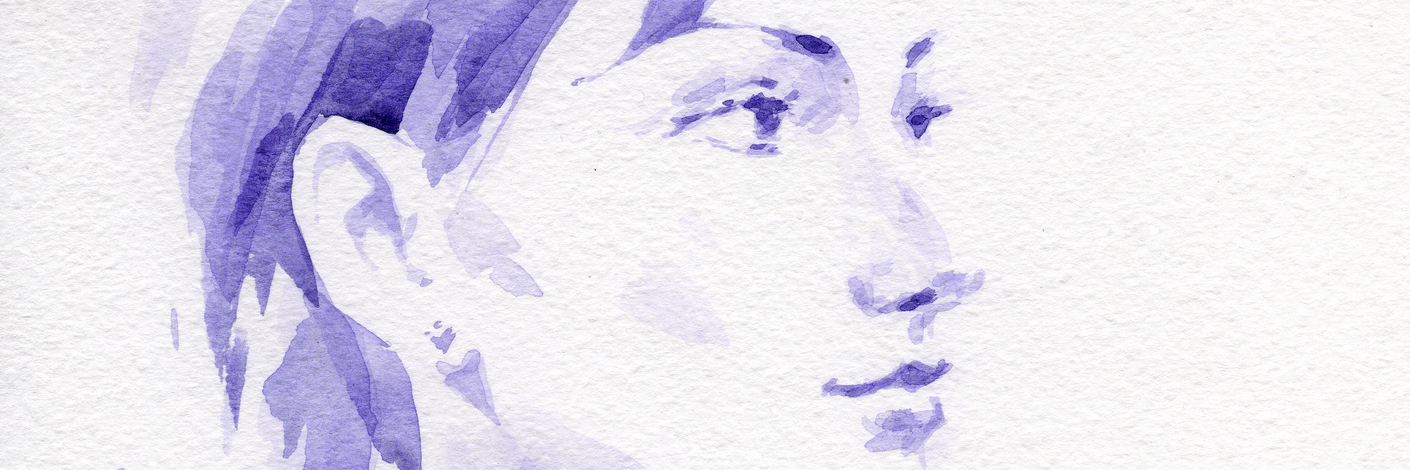My Ehlers-Danlos syndrome and fibromyalgia are not always visible to the outside world. Sure, you may notice my hyperextended joints, the occasional wince in pain or the braces I wear. But these things don’t even begin to touch the surface of what I go through. Because the sad reality is, pain is not visible; it is very personal and varies greatly from person to person. No other person, not even someone who has the exact same diagnoses, can fully understand my daily battles, nor can I theirs.
And there is no “test” for pain. Unlike that of a sprained ankle or broken leg, there are no outward signs of damage or pain. For many of those with chronic pain, there is no swelling, there is no injury, there is nothing that will come back abnormal on a blood test or scan. The closest anyone can get to understanding another person’s pain is simply by talking to them, but from my experience that is not as easy as it may sound.
For many people, they tend to only believe something if there is proof it exists. And how are we expected to prove something as complex as pain to someone whose medical journey extends as far as the GP’s office? I mean, they can follow me around for the day and see what life is like behind closed doors to see how difficult certain tasks can be and how hard I crash after being out even for the briefest time. But even then, they still
cannot see or feel the hurt I feel.
And so, I am treated with doubt, labelled an “attention-seeker” and made to feel as if my struggles are less valid than someone else’s, simply because my illness is invisible. I begin to slowly get left out of conversation and the invites to go out become less frequent. My relationships drift apart and people begin to treat me differently, almost as if I am less.
But this isn’t the worst part. It appears that I become invisible to them.
Suddenly my needs as a chronically ill patient are forgotten about. Somewhere along the way, it was overlooked that maybe I need a lot of support. Maybe I need people who will listen and be there with me through my ups and downs. Perhaps I even need people who will help me carry things to prevent a pain flare or a dislocated joint. Or maybe I simply need someone to ask me if I’m OK.
That person with the rolled ankle who has a slight limp has books carried for them between classes and people offer to get things for them so that they weight bear as little as possible.
That person who has had their wisdom teeth removed has people bring them ice cream and soft foods that they can enjoy together.
That person with the blocked nose who has returned after a day away with a cold is constantly asked how they’re feeling, if they feel well enough to do x, y or z.
And then there are those with invisible illness. Gradually, we may stop receiving the support and care we need. These things may stop, but our illnesses don’t. But no one else can see that, and the longer and longer we have pain, the better we become at hiding it.
And this absolutely applies to support from medical personnel. Whether that may be getting dismissed because nothing is visibly wrong so it must “all be in our heads” or whether they have no idea how to treat us so we are sent away with no further assistance.
When we are dismissed, our needs pushed aside, it’s hard to feel seen, heard or valued. And it hurts. Badly.
So to anyone who doesn’t understand:
My illnesses are invisible, but they are real.
My illnesses are invisible, but I am not.
We want to hear your story. Become a Mighty contributor here.
Thinkstock photo via Sethislav.

